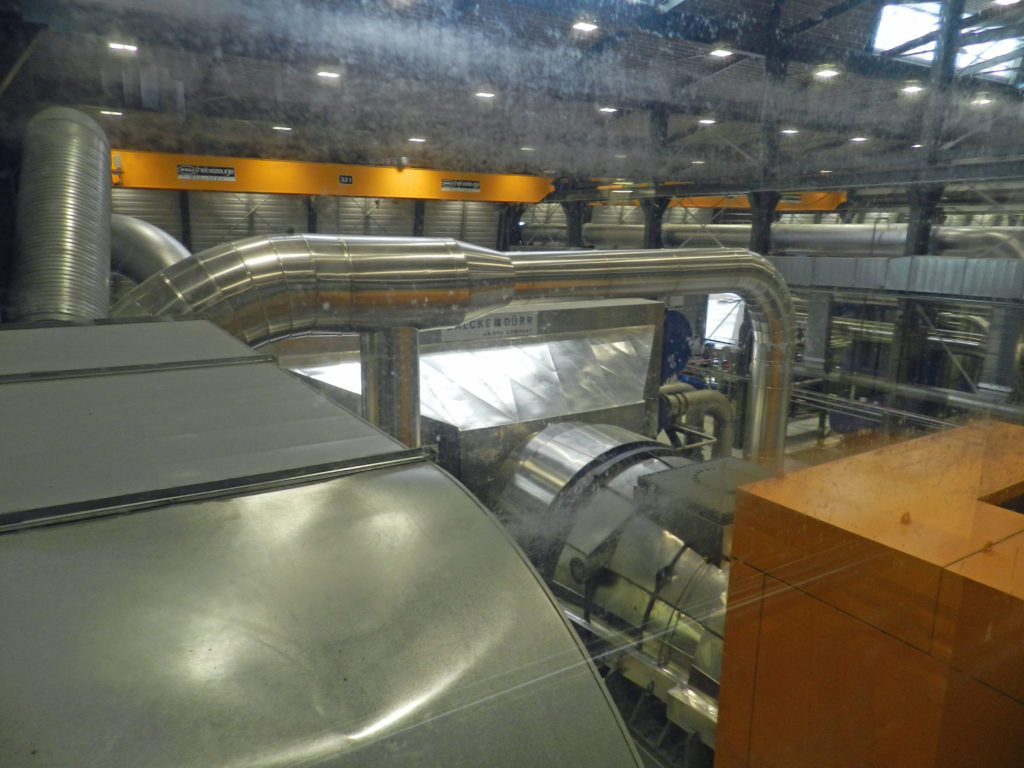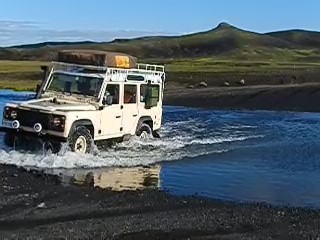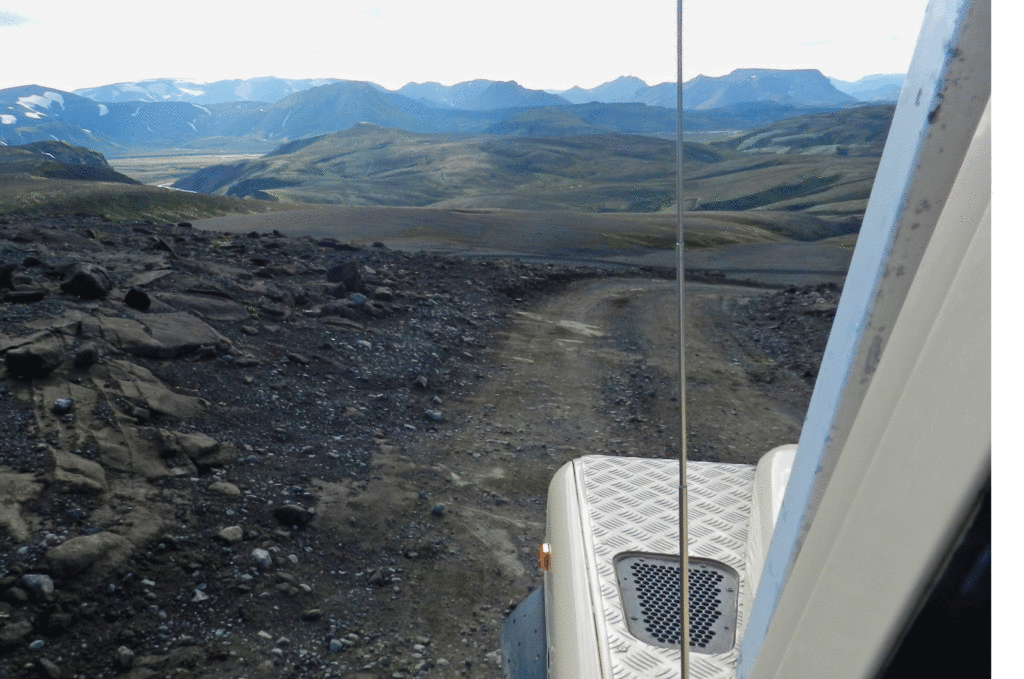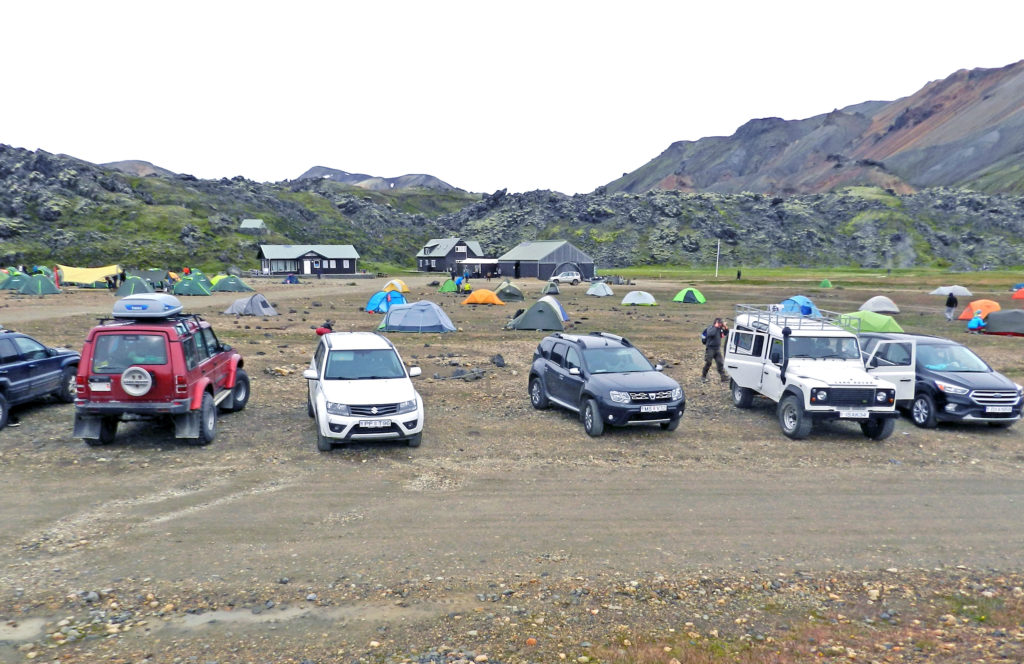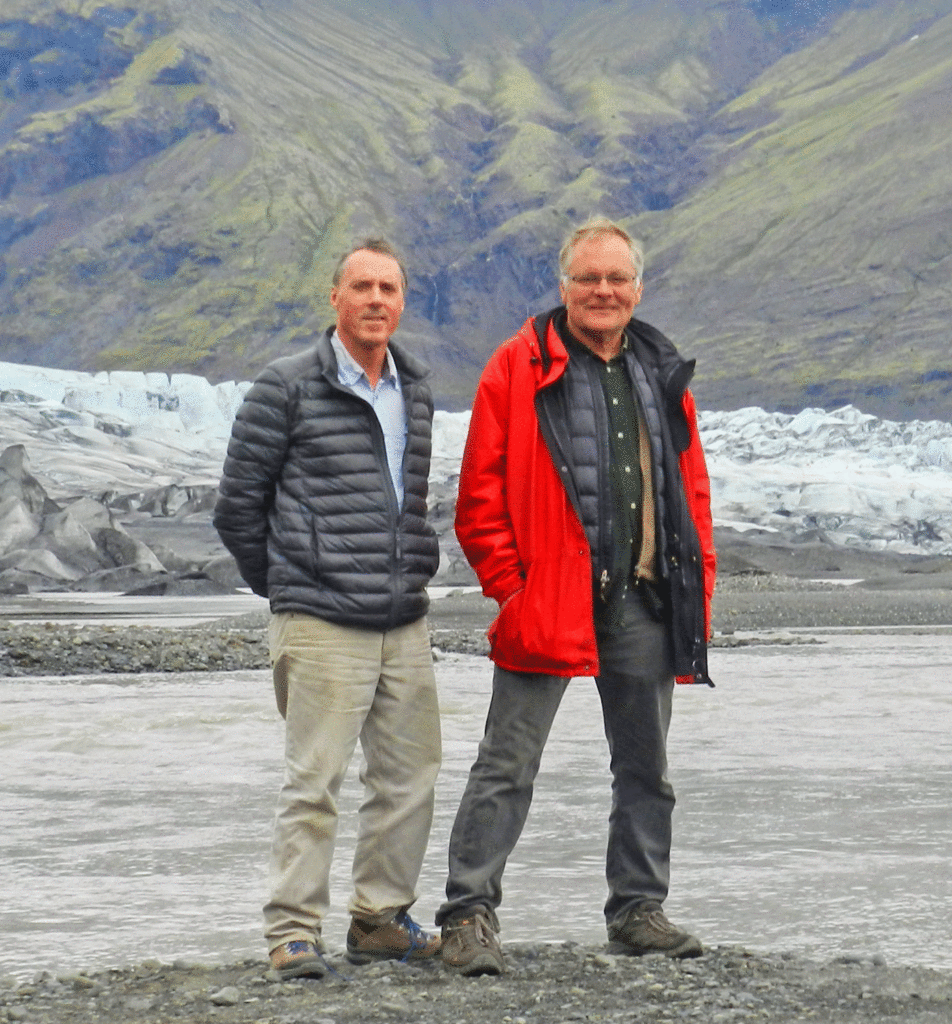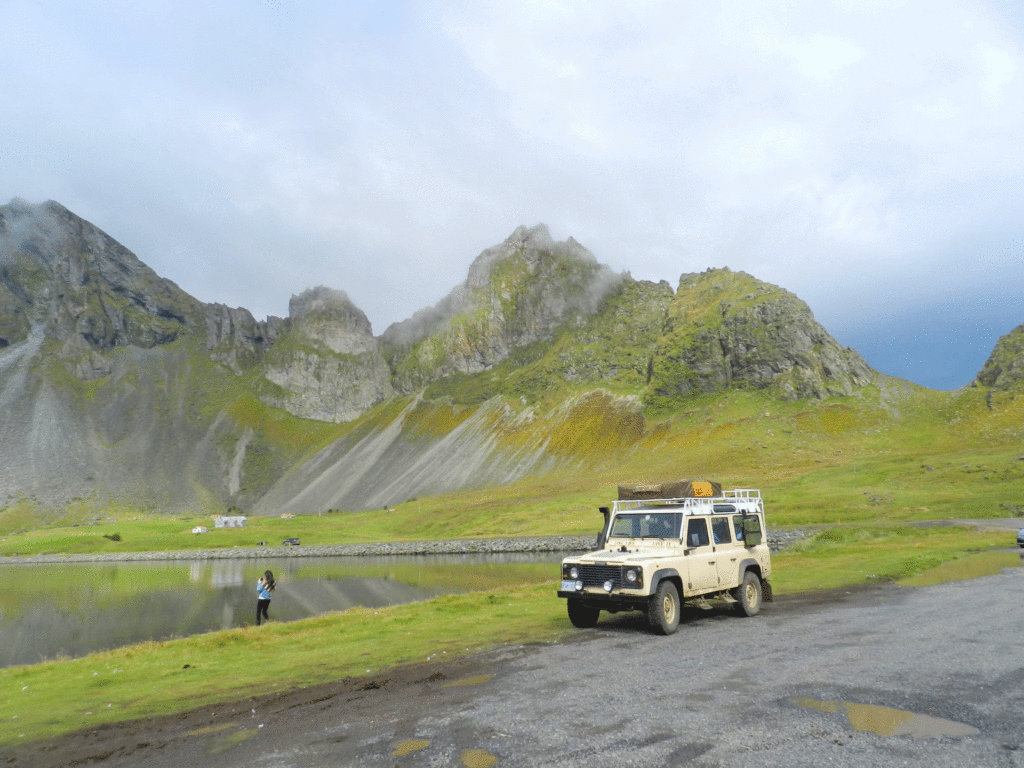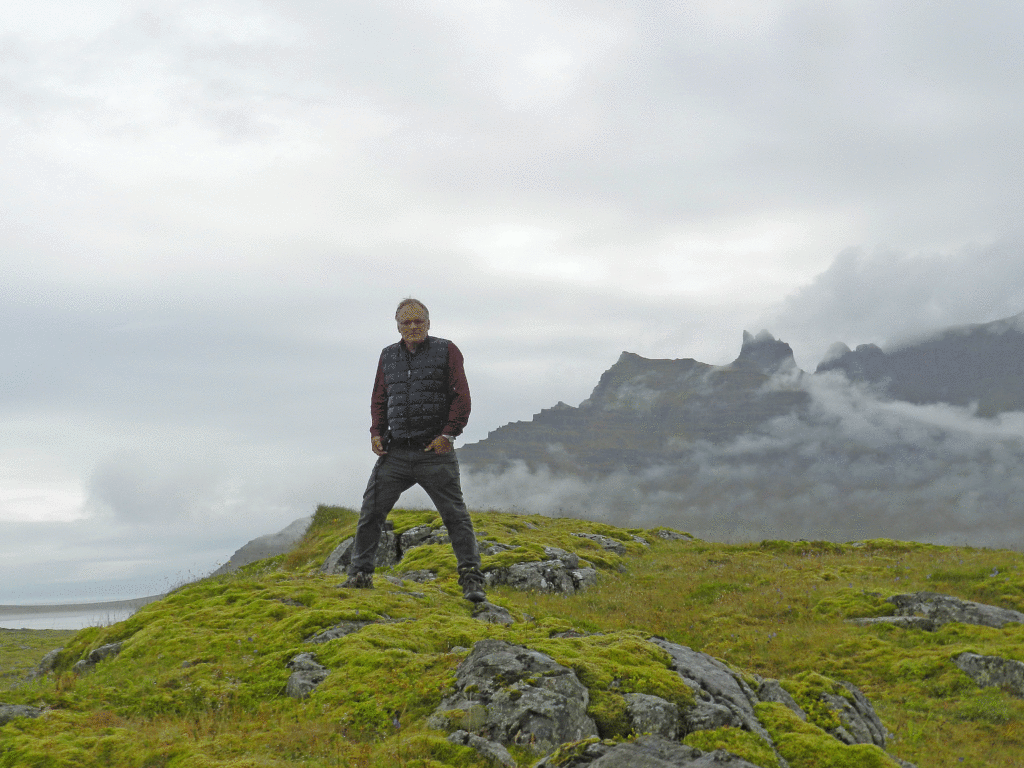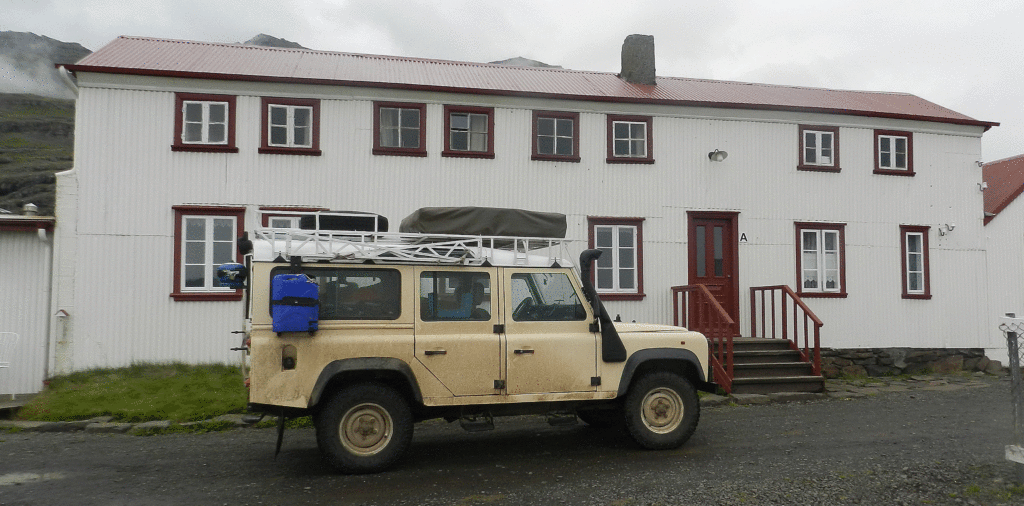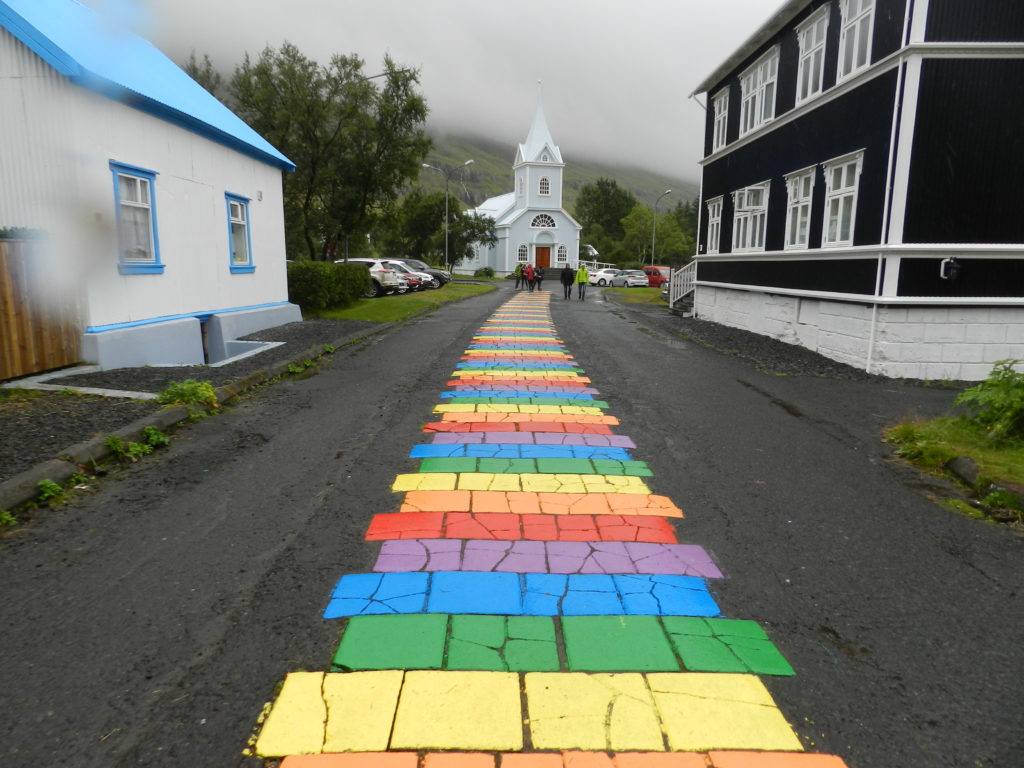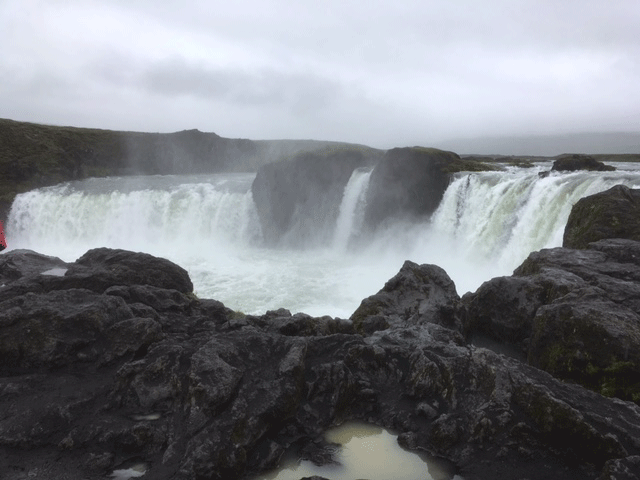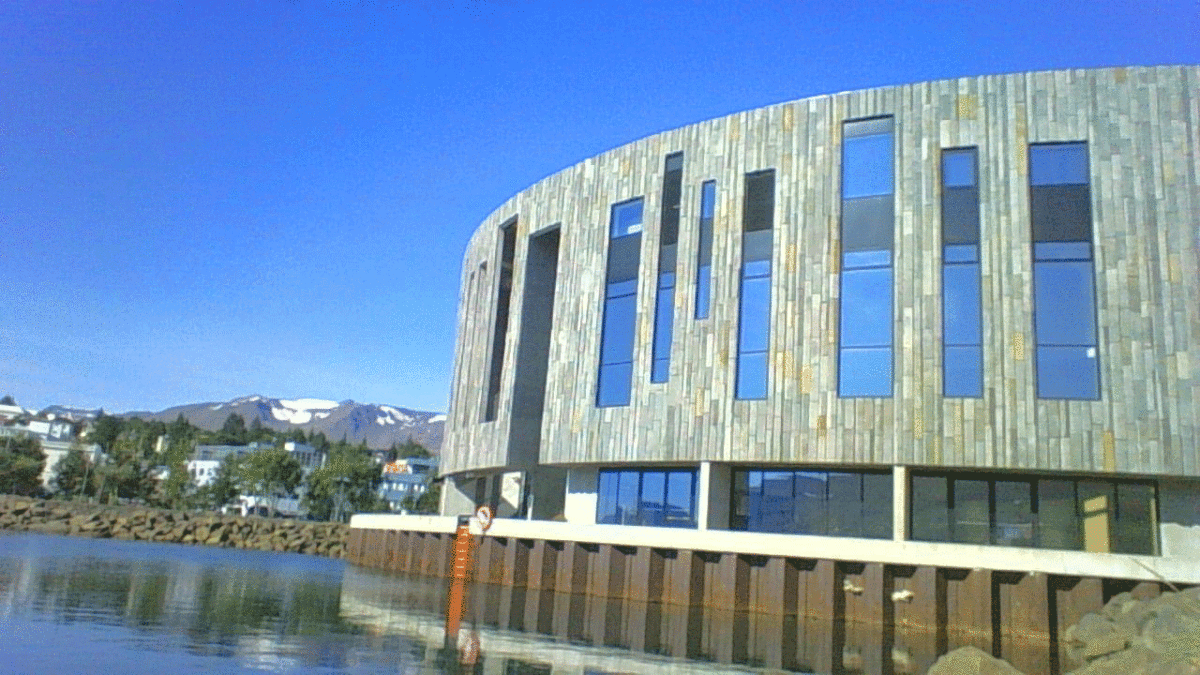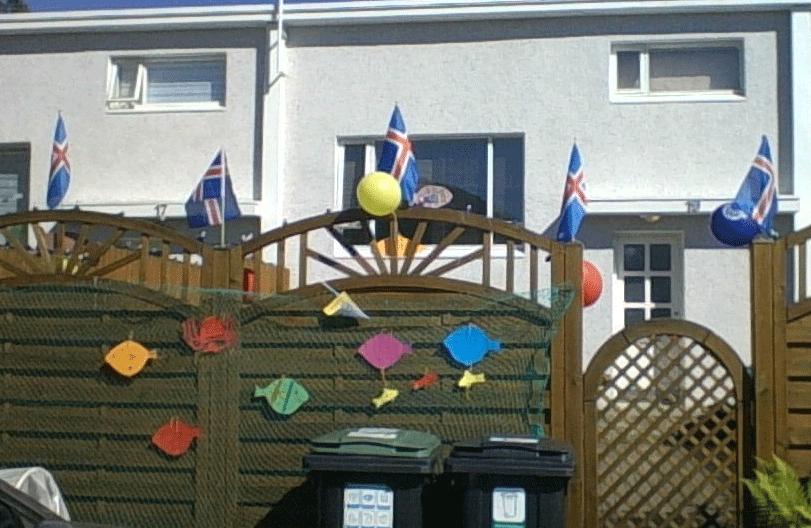A great many ‘tourists’ make the circuit of Iceland on the so-called ‘Ring Road’, aka Highway 1. Most do it as part of an iceland layover of 3 or 4 days or so; I have figured out the campgrounds to not begin to fill until very late evening and empty so early in the morning because everyone is trying to cover a lot of ground in a short period of time.
I was not so constrained. Maurice and I left Reykjavik on July 26 and were able to devote almost two weeks doing the so-called Golden Circle, a smallish area east of Reykjavik (see post by the same name) and also venture into the highlands to explore some remote northern corners of this beautiful country, something which few travellers, and even fewer tourists, are able to do. At the end of that first two weeks I was only at the east of Iceland, when Stephen arrived and it was August 21 before Stephen and I had completed our southern coast sojourn and had to get back into Reykjavik for his return (and Laura’s) arrival flight. Almost a month circumnavigating Iceland via the Ring Road and exploring the highlands.
After leaving Landmannlauger (see previous post) Stephen and I had a very pleasant drive coming down from the highlands via the scenic F225. The F225 leads into the bottom (western) end of the F26 cross highland route (the long one that Maurice and I had eschewed in favour of the shorter F 35 for our south-north highland crossing a couple of weeks earlier. Shortly after Stephen and I joined the F26 it became the paved 26, which meandered through fields and sheep farms.
Along the way we came across a hydro installation unlike any I had ever seen before because there was no reservoir in the normal sense. My theory is that rather than flood a huge area they had tapped at least one and perhaps several points upstrean fed the water underground into not a reservoir, but rather into a seemingly very deep concrete pool that measured only about50 metres square adjacent to a dam. That then dropped the water through a penstock into a man-made trench below it. It was power-generating dam – a good 70% of Iceland’s electricity comes from hydro, geothermal accounts for almost 30%.


The 26 brought us back down to the Ring Road (Highway 1) which led us into Selfoss, a town of a few thousand located about 50 miles from the southwest coast by late afternoon. Its name notwithstanding the town has no waterfalls (‘foss’ means waterfall in Icelandic) ; it is a regional centre distinguished only as the site of the ‘Bobby Fischer Centre’ where the chess phenom’s grave is located. https://en.wikipedia.org/wiki/Bobby_Fischer
Camping Selfoss was our last campsite before Reykjavik https://www.gesthus.is/english/campsite/. It was a fascinating and busy place, with chalets, group camping, a field for individual camping. and a restaurant and separate self-serve hostel kitchen. I actually went back two weeks later with Laura and stayed in one of the bungalows. Unfortunately, when Stephen and I went there it was hard to enjoy the campground because it had been flooded and soaked by a week of very heavy rain. We were able to find a spot in the field to set up camp that was relatively dry . The restaurant was not available to us as a dinner option because it had been fully booked for a busload tour that was arriving shortly after we did, so Stephen and I opted to cook our own dinner out of the Defender. The rain had stopped, but it started again just as we were washing up and continued through the night. It was wet in the morning but it could have been worse – we had picked our spot well; by morning we were a bit of an island in a sea of water – getting to and from the washroom facilties in the morning was a very soggy trek.
But I did acquire a couple of useful things from Camping Selfoss. Piled up against the outside wall of the communal kitchen was some steel tubing from a broken shelving unit that I thought might serve to repair the tent pole that I had managed to bend out of usefull shape while breaking camp a few days earlier. Incredibly, it turned out the scrap tubing fit very snugly inside the broken pole of the tent.- it is now stronger than ever. We also discovered a nice small aluminum camp table that had been left by a previous occupant of the site, it could have been there quite a while because it appeared to be just a cover for some infrasture in the ground. I just saw this 2 ft. piece of red on the ground and as I was examining it I discovered a very light and functional folding camp table which is now an integral part of the Defender kit.
That day we resumed our return to Reykjavik, stopping along the was at a fascinating geothermal power info centre




